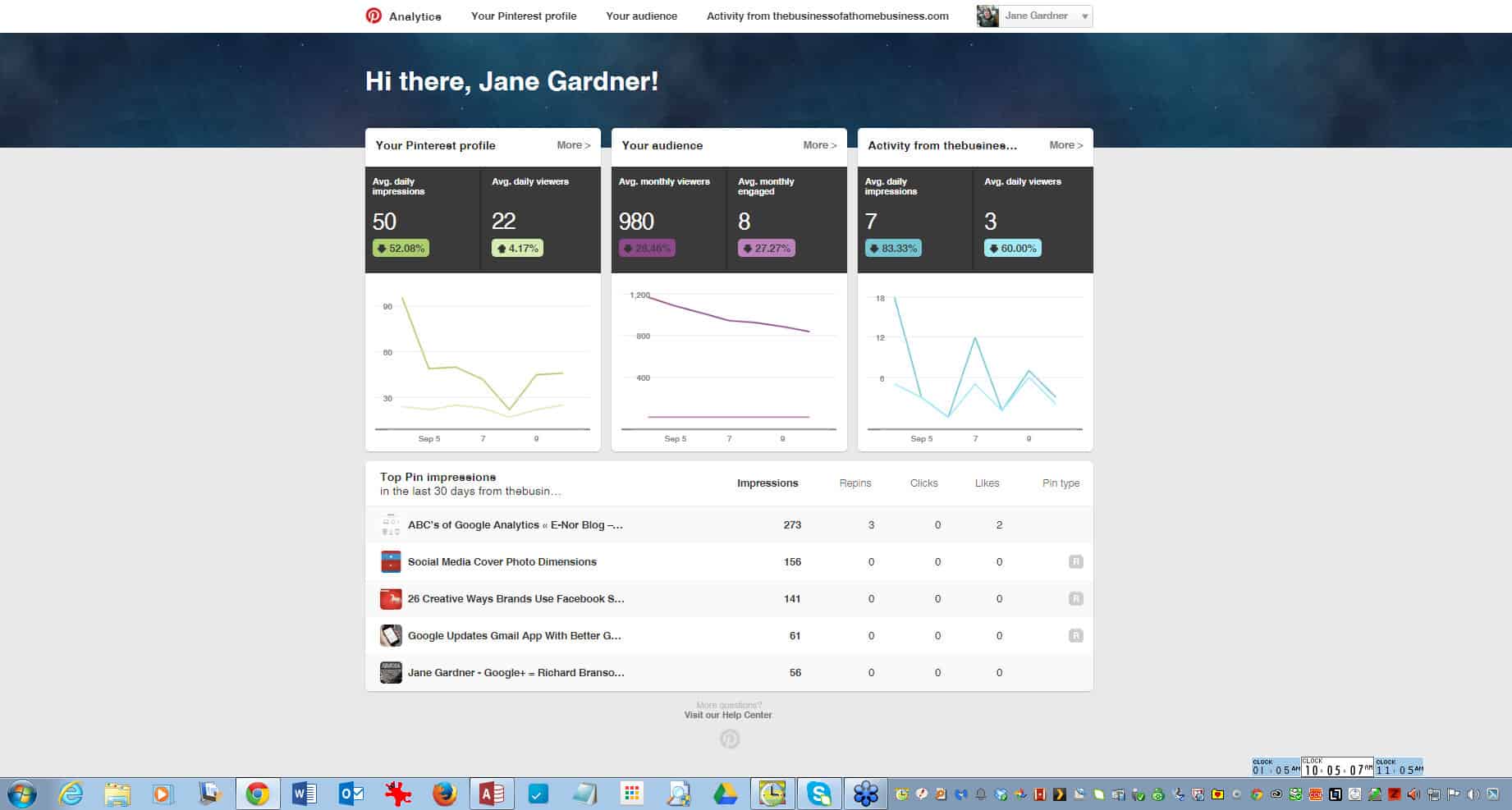Keep your Hat White in Internet Marketing
What Color Is Your Hat – Black, Blue, Gray Or White?
Many people wear hats of different shapes and colors in their lives. While most parents and business owners might just consider those hats to be a necessary part of a work outfit or a fashion statement, on the Internet, specifically with Internet marketing, they have a very different meaning.
Knowing the differences between the “hat” colors and the risks you take when you chose one over the other will help keep you out of Google death as you attempt to manipulate search engines. Google has a very short tolerance for unethical practices that attempt to work around their rules.
It is commonly agreed upon that the safest techniques to follow in your marketing campaigns are the White Hat strategies. If you remember the old cowboy movies where the hero always wore the white hat and triumphed over the bad guys who wore black hats, you will see the implied differences in hat colors.
White Hat
A marketer using white hat techniques is not malicious in intent or actual practice. They follow business practices that are considered ethical and acceptable by the industry and do nothing that could be considered spamming others. They are not trying to find and exploit loopholes in the systems.
Grey Hat
Practices start veering off the benign white hat techniques when marketers start pushing the edges of legality and use somewhat shady methods to get what they want on other sites or to get around Google’s rules. Some of these techniques used might be reverse engineering of copyrighted or trademarked software, or copying small sections of articles and passing them off as their own. They may have found a loophole that will be closed once Google figures out what they are doing.
Blue Hat
This term is used by firms involved in computer security and refers to hackers hired to unearth bugs in a system before it is launched. When the blue hat hackers find unprotected areas of a client’s security, they quickly close the hole in the company’s software or report it to the security team.
Black Hat
A black hat can be a person who breaks computer security without permission to vandalize a site, steal credit card information, steal identities or pirate another marketer’s proprietary information or processes. A black hat marketer is someone who participates in illegal ways of getting better search engine rankings including keyword stuffing, spamdexing, spam linking, scraped content and article spinning of copyrighted material, hidden website links, excessive cross-linking, etc., that is for rank gain rather than for a better user experience.
Again, it is usually better to keep your White Hat on or you’ll always be looking over your shoulder for the Google police.
If you’re wearing a Black Hat, you may find yourself with a spike in results, but it won’t last and is not a steady income you can count on.




